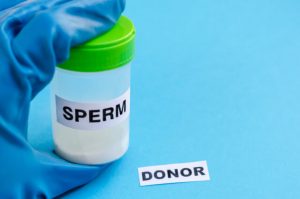Apparently, HIV is one of the leading causes of slow population growth in most countries more so the developing ones. This is due to the fact that each and every day, families are losing their loved ones to this dangerous ailment. However, we can boost population growth if at all artificial insemination like egg and sperm donation can be embraced. In relation to that, Melbourne IVF doctors say that egg donation from women and sperm donation from HIV positive men can assist in that too. Only that, safety measures should be put in place to ensure 0%/minimal spread of the deadly virus.
Donations
Giving out sperms or an egg can either be within the family or to other external people. For the family type, a husband/wife may be HIV positive that may hinder them from conceiving naturally while for an external one, it’s where a person donates his/her sperm or egg in order to assist other people.
Egg donation
Egg donation has assisted many women struggling with infertility. It requires in vitro fertilization (IVF), whereby eggs are removed from one woman and then fertilized in the laboratory. The resulting embryo is transferred to the recipient’s uterus.
Egg donors include:
- Anonymous donors
- Known donors
- IVF programs
Donor evaluation: if the egg donor is diagnosed with HIV, it’s treated as a special case whereby the egg is screened so that it can be free from the virus. Once it’s transferred to the uterus of the recipient, she is given further drugs to reduce HIV infections.
Sperm donation
 Like the egg donation, donors can be anonymous, known or IVF. So, if the sperm donor is an HIV positive man, the sperms he has donated are subjected to washing. Sperm washing includes the separation of sperm from seminal fluid. Normally, HIV exists in seminal fluid, not in the sperm, so washing minimizes the risk of HIV transmission.
Like the egg donation, donors can be anonymous, known or IVF. So, if the sperm donor is an HIV positive man, the sperms he has donated are subjected to washing. Sperm washing includes the separation of sperm from seminal fluid. Normally, HIV exists in seminal fluid, not in the sperm, so washing minimizes the risk of HIV transmission.
It’s essential to note that, before carrying out home insemination, consult a medic. In conclusion, natural and assisted conception with either an egg or sperm from a donor is safe as long as recommended risk-reduction practices are adhered to.




